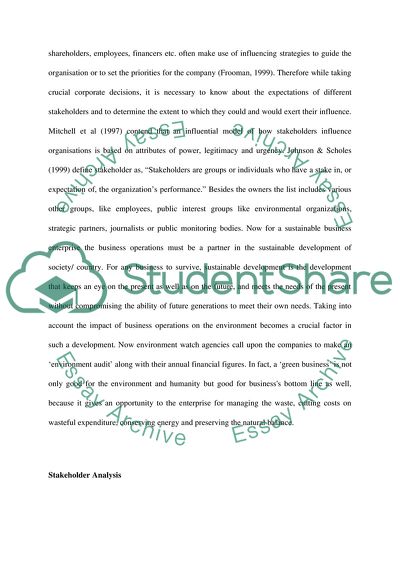Cite this document
(“Stakeholder mapping Stakeholder analysis Essay Example | Topics and Well Written Essays - 2500 words”, n.d.)
Stakeholder mapping Stakeholder analysis Essay Example | Topics and Well Written Essays - 2500 words. Retrieved from https://studentshare.org/miscellaneous/1550871-stakeholder-mapping-stakeholder-analysis
Stakeholder mapping Stakeholder analysis Essay Example | Topics and Well Written Essays - 2500 words. Retrieved from https://studentshare.org/miscellaneous/1550871-stakeholder-mapping-stakeholder-analysis
(Stakeholder Mapping Stakeholder Analysis Essay Example | Topics and Well Written Essays - 2500 Words)
Stakeholder Mapping Stakeholder Analysis Essay Example | Topics and Well Written Essays - 2500 Words. https://studentshare.org/miscellaneous/1550871-stakeholder-mapping-stakeholder-analysis.
Stakeholder Mapping Stakeholder Analysis Essay Example | Topics and Well Written Essays - 2500 Words. https://studentshare.org/miscellaneous/1550871-stakeholder-mapping-stakeholder-analysis.
“Stakeholder Mapping Stakeholder Analysis Essay Example | Topics and Well Written Essays - 2500 Words”, n.d. https://studentshare.org/miscellaneous/1550871-stakeholder-mapping-stakeholder-analysis.


